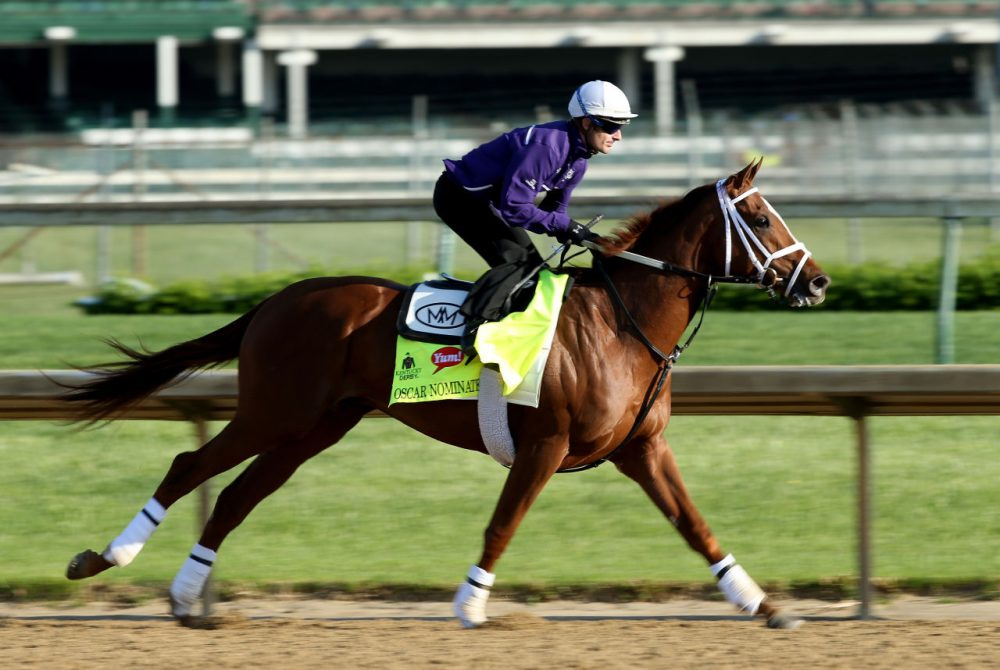Jockeys definitely do not have ears/hip/ankle alignment. I think you may be mistaking being balanced with being aligned. They can be, but are not always, the same. In fact, the traditional athletic position you’re referring to is not ears/hips/heels at all, but a slight squat where your center of mass is centered over the balls of your feet - much closer to a two-point position than a classical dressage position.
Start standing upright against a wall and then begin to bend your legs, keeping your ears/hips/heels aligned and you will realize quickly that you run out of ankle mobility to do that while staying balanced and keeping your heels on the floor.
Now do it again, but stand away from the wall and send your hips back and shoulders forward similar to the jockey in the photo above. You can squat lower, keeping your heels on the floor. You’re definitely not in an ears/hips/heels alignment, but you are balanced and much more capable of making adjustments than when trying to keep ears/hips/heels aligned.

